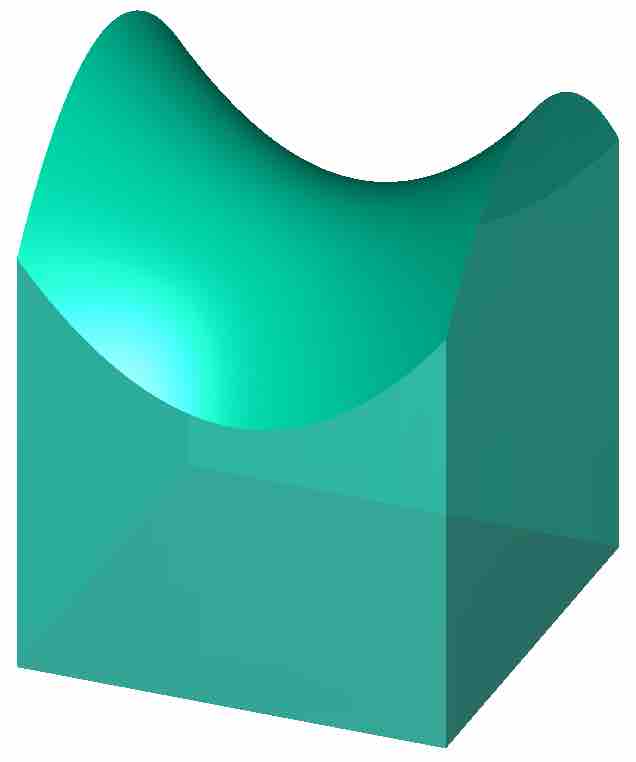Volume is the quantity of three-dimensional space enclosed by some closed boundary—for example, the space that a substance or shape occupies or contains. Three dimensional mathematical shapes are also assigned volumes. Volumes of some simple shapes, such as regular, straight-edged, and circular shapes can be easily calculated using arithmetic formulas. The volumes of more complicated shapes can be calculated using integral calculus if a formula exists for the shape's boundary. One-dimensional figures (such as lines) and two-dimensional shapes (such as squares) are assigned zero volume in three-dimensional space.
A volume integral is a triple integral of the constant function
It can also mean a triple integral within a region

Fig 1
Triple integral of a constant function
Example
The volume of the cuboid with side lengths 4, 5, and 6 may be obtained in either of two ways.
Method 1
Using the triple integral given above, the volume is equal to:
of the constant function
Method 2
Alternatively, we can use the double integral:
of the function
This is the volume under the surface.